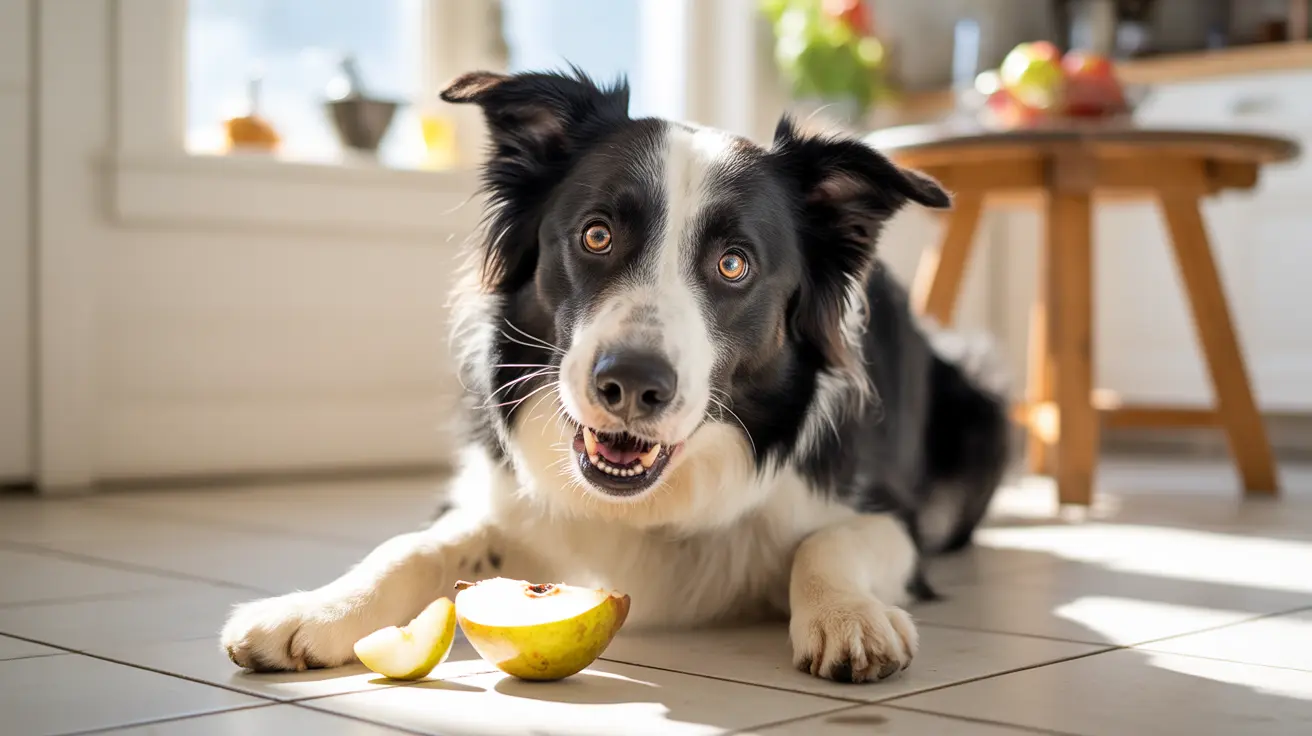Treating and Preventing Onion Poisoning in Dogs
Onions, a common ingredient in many human dishes, pose serious health risks to our canine companions.
Onion poisoning in dogs is caused by a toxic compound known as
N-propyl disulfide, which damages red blood cells and leads to
hemolytic anemia. Understanding what causes onion toxicity, how to treat it, and how to prevent it can help ensure the safety and well-being of your furry friend.
Why Onions Are Dangerous to Dogs
Every part of the onion plant—including the bulb, leaves, juice, and even powdered forms—is toxic to dogs. This toxic compound attaches to the oxygen-carrying molecules in red blood cells, causing them to rupture and reducing their ability to transport oxygen. The dog's immune system exacerbates the problem by attacking and destroying the affected cells, leading to potentially fatal anemia.
Other Allium family members like garlic, leeks, chives, and shallots are also harmful, with garlic being even more potent.
Symptoms of Onion Poisoning in Dogs
Signs of onion toxicity often manifest within 24 to 72 hours after ingestion but may also develop more slowly. Common symptoms include:
- Vomiting and diarrhea
- Drooling and abdominal pain
- Loss of appetite
- Lethargy and weakness
- Rapid breathing or panting
- Increased heart rate
- Pale or yellow gums
- Red or brown urine
- Fainting or collapse
Certain breeds, like
Akitas and
Shiba Inus, and dogs with conditions such as anemia or liver disease, are at higher risk.
What to Do If Your Dog Eats Onion
Immediate action is key. If you suspect your dog has ingested any form of onion:
- Contact your veterinarian or an emergency animal clinic immediately.
- Do not try to induce vomiting unless explicitly instructed by a vet.
- Provide your vet with as much information as possible, including the amount and type of onion ingested and the time of ingestion.
Veterinary Treatment Options
There is no specific antidote for onion poisoning, but veterinary professionals can manage the condition effectively through the following measures:
- Inducing Vomiting: If ingestion occurred within the past two hours.
- Activated Charcoal: To absorb remaining toxins in the gastrointestinal tract.
- Intravenous Fluids: To maintain hydration and support kidney function.
- Oxygen Therapy: To counteract reduced oxygen-carrying capacity during anemia.
- Blood Transfusions: In severe cases where anemia is life-threatening.
Diagnosis is typically confirmed through blood tests and the presence of Heinz bodies, a sign of oxidative damage to red blood cells.
Monitoring and Recovery
With prompt and effective treatment, most dogs recover from onion poisoning. However, severe cases with extensive red blood cell damage may require longer hospital stays and intensive care. Monitor for symptoms post-recovery, and follow all vet-recommended treatment and dietary guidelines.
Prevention Is the Best Approach
The most effective way to protect your dog from onion toxicity is through prevention:
- Avoid Feeding Table Scraps: Human foods often contain onions or garlic.
- Check Ingredient Labels: Processed foods like soups, sauces, and baby food may have onion powder or extracts.
- Store Onions Safely: Keep all forms of onions out of reach.
- Secure Trash Bins: Dogs are notorious for scavenging.
- Educate Household Members: Ensure everyone knows not to feed onions or garlic to pets.
Safe Alternatives for Your Dog's Diet
If your dog enjoys fruits and vegetables, there are safe and healthy options to consider:
- Carrots
- Green beans
- Pumpkin
- Peas
- Cucumbers
- Apples (without seeds)
- Bananas
- Blueberries
Introduce new foods cautiously and consult your vet for personalized recommendations.
Final Thoughts
Although there's no cure per se for onion poisoning,
early veterinary intervention and supportive care significantly improve the outcome. As a dog owner, staying informed and vigilant is the best way to keep your furry friend safe. Avoid all onion-containing foods, monitor your pet’s health closely, and act fast if an incident occurs.





